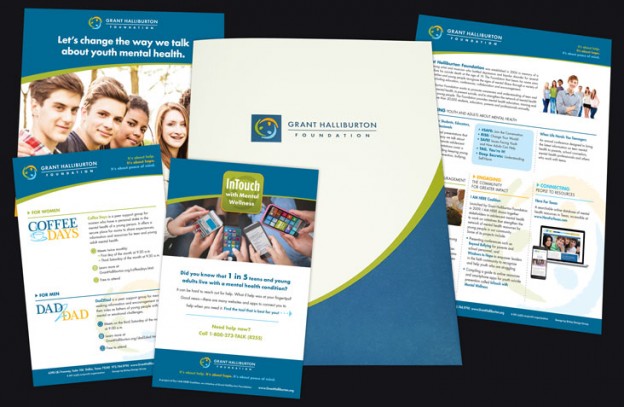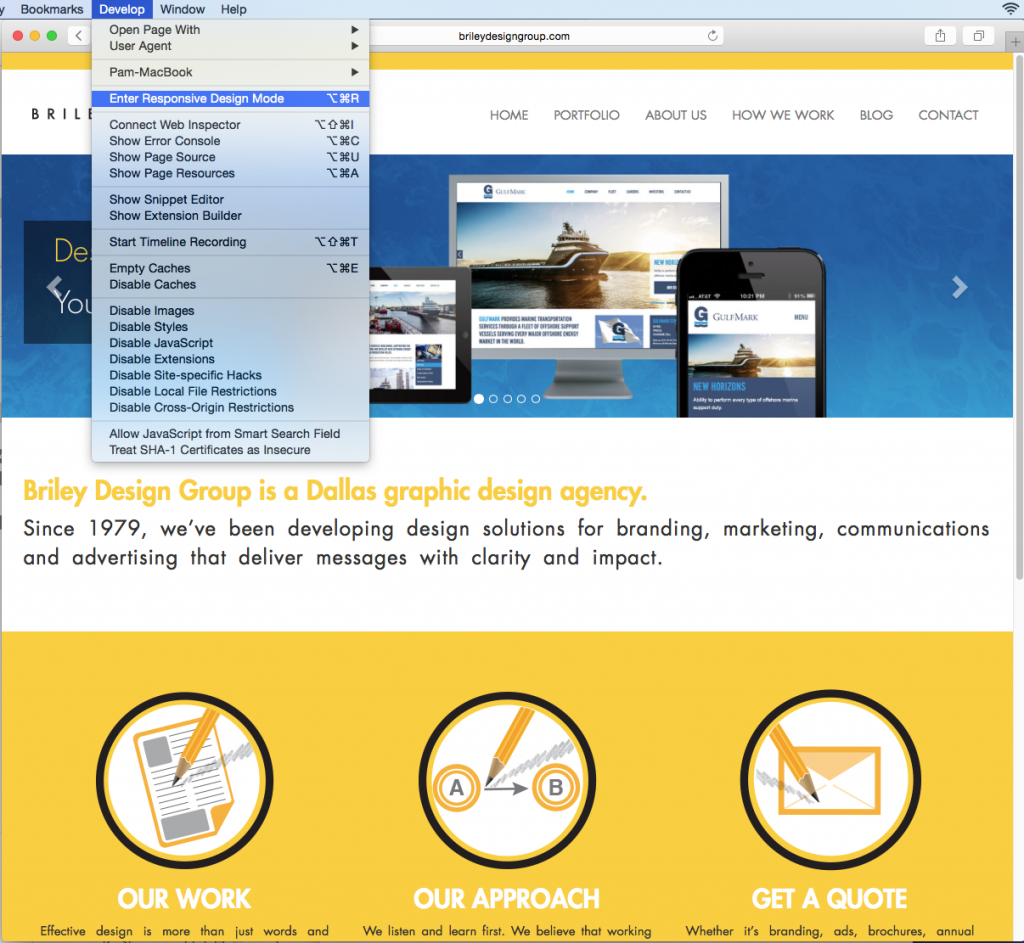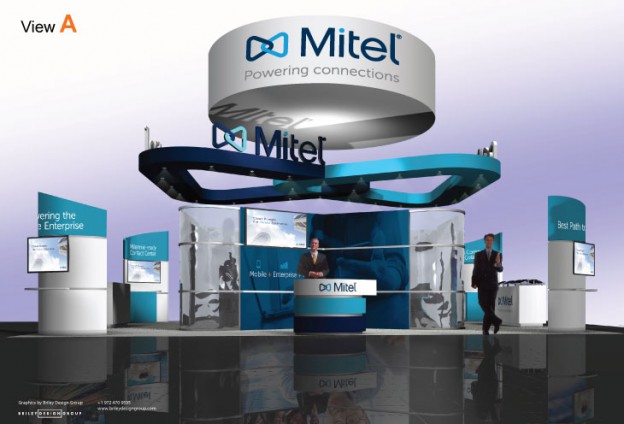
Graphic design is about more than just appearances, and provides many more benefits than simply making something look good. Its importance is often underestimated, but good design can bring many significant business benefits. When used effectively graphic design can boost your company’s marketing and messaging through visual communication, giving it greater power to inform, educate, or persuade your audience. Here are some of the benefits:
Professionalism and Consistency
You want your company to make a great first impression. The use of logos, pictures and design can help create a professional image of your company in the eyes of your audience. When properly applied, graphic design offers visual consistency through all of your marketing efforts, which builds your company’s identity and brand recognition.
Identity and Brand Recognition
Graphic design helps establish your visual identity, which reflects your company’s mission and values. Your company’s branding begins with a great logo then expands to every aspect of your business communications, be it stationery, presentation templates, brochures, ads, websites or video. All of these things work together to build your identity and brand recognition. Your brand should provide an instant connection to your company’s mission and values as well as to the products and services that you offer, and good graphic design can forge that kind of connection.
Communication
Graphic design extends beyond establishing identity and brand recognition. It can be very effective at attracting attention and encouraging your audience to want to learn more. It also can be employed to produce visual aids that can better help you communicate your ideas. An informative image can transmit ideas that cannot be expressed with words alone. You can use professionally designed images to create a positive impression and help strengthen your message.
Build Trust, Goodwill & Loyalty
A well designed brand helps create a professional appearance that builds trust and credibility, which is essential to growing your business. Your brand fosters unity and commitment among your employees by providing them an identity and values to rally behind and promote. Trust plays a crucial role in convincing buyers about the quality of your products or services. Companies that thrive are ones that have developed a brand that is trusted. Good design plays a key role in creating communication that can enhance that trust.
Increase Sales & Market Position
With good graphic design, you not only gain high visibility, but you can also convert your audience into buyers, leading to increased sales. All of the above benefits can contribute to one powerful result: more sales and revenue for your business.
A Strategic Investment
Running a business is a long-term commitment. In today’s ever-growing marketplace, standing out is becoming more and more difficult. Using good design to establish your identity and brand is a great way to communicate who you are, what you do and why it is important.
The use of good design can improve many aspects of your business. Contact us to find out how we can help you strengthen your communication, marketing, and brand through graphic design.







































